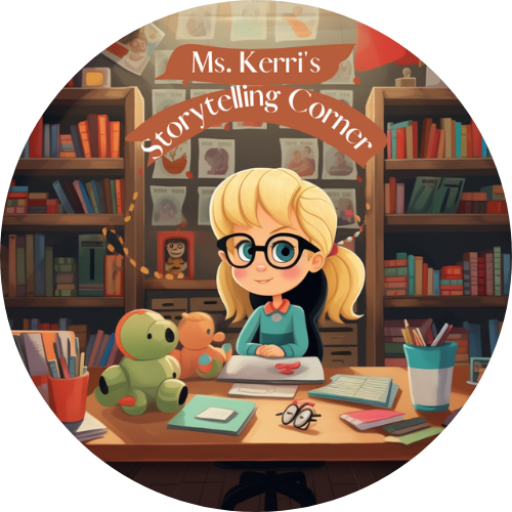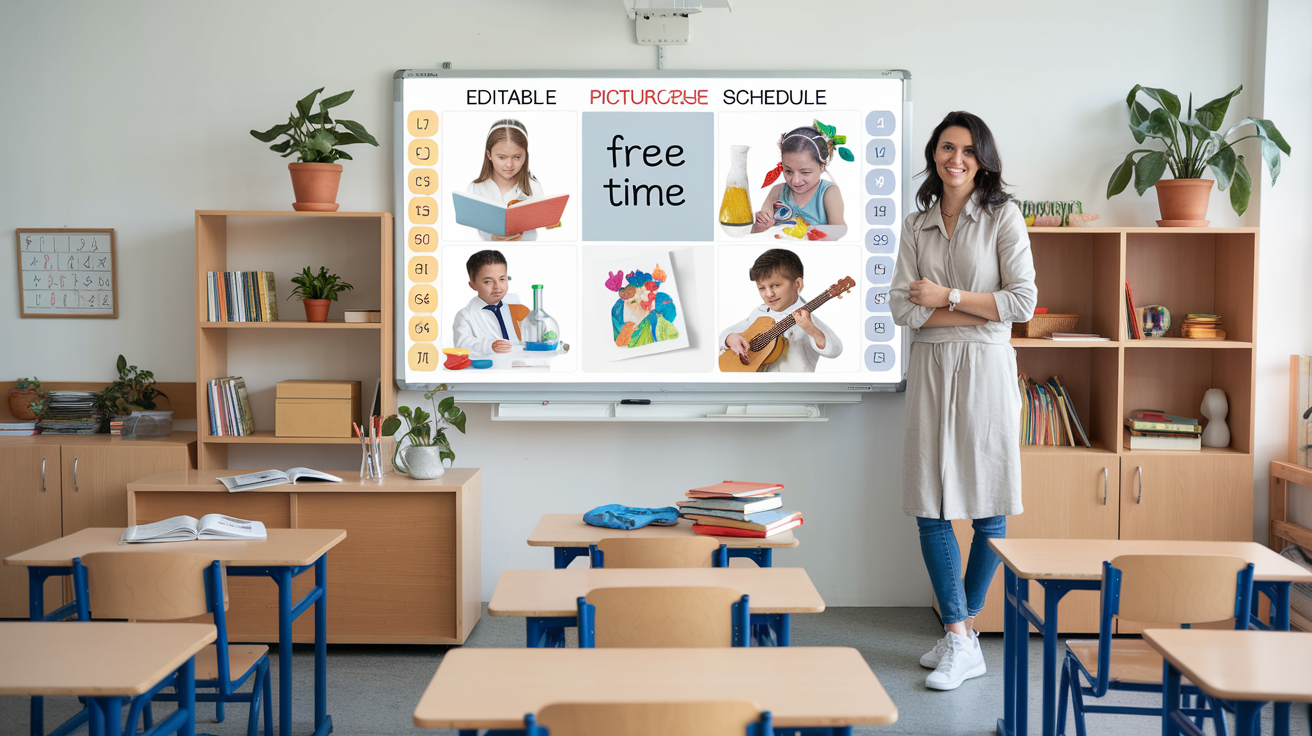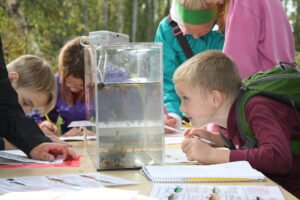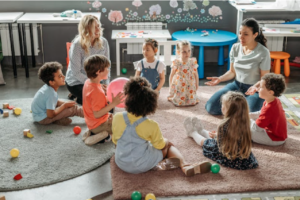Ever feel like getting kids from one activity to another is like herding cats? You’re not alone. Transitions can be tough, but using picture schedules can make a world of difference. They’re not just for show—they help kids know what’s coming next, easing the move from one thing to another. Whether you’re a teacher or a parent, having a few tricks up your sleeve can make all the difference.
Key Takeaways
- Visual schedules give kids a clear idea of what to expect, reducing anxiety.
- Editable picture schedules can be customized to fit any classroom or home setting.
- Fun tools like Hallway Hush Puppies make lining up an exciting task.
- Transition Optimists turn moving from one activity to another into a positive experience.
- Classroom doorbells can signal transitions without raising your voice.
1. Visual Schedule
Visual schedules are a game-changer in classrooms, especially for younger students. They give kids a clear picture of what’s happening next in their day. This simple tool can really help ease anxiety for those who might struggle with transitions.
Why use a visual schedule? It’s all about making the day predictable. When students know what to expect, they’re more relaxed and ready to learn. Here’s how you can make the most of them:
- Set it up at their level: Hang the schedule where kids can easily see it. This helps them feel in control and more involved in their daily routine.
- Order matters: Arrange the pictures in the sequence they’ll happen. This visual order helps them understand the flow of the day.
- Interactive elements: Use clips or markers that students can move as the day progresses. This not only keeps them engaged but also gives them a sense of progression.
“A visual schedule acts like a roadmap for the day, guiding students smoothly from one activity to the next.”
How to Implement a Visual Schedule
- Introduce it early: Start using the schedule from day one. Kids will quickly learn to rely on it.
- Make it part of the routine: Refer to it often, especially during transitions. Say, “Next, we’ll move to reading,” while pointing to the schedule.
- Encourage participation: Let a student be the “schedule helper” who moves the markers. This role can boost their confidence and involvement.
By incorporating a visual schedule, you’re not just organizing the day; you’re also teaching kids how to manage their time and transitions effectively. It’s a small step that can make a big difference in creating a calm and productive classroom environment.
2. Editable Picture Schedule
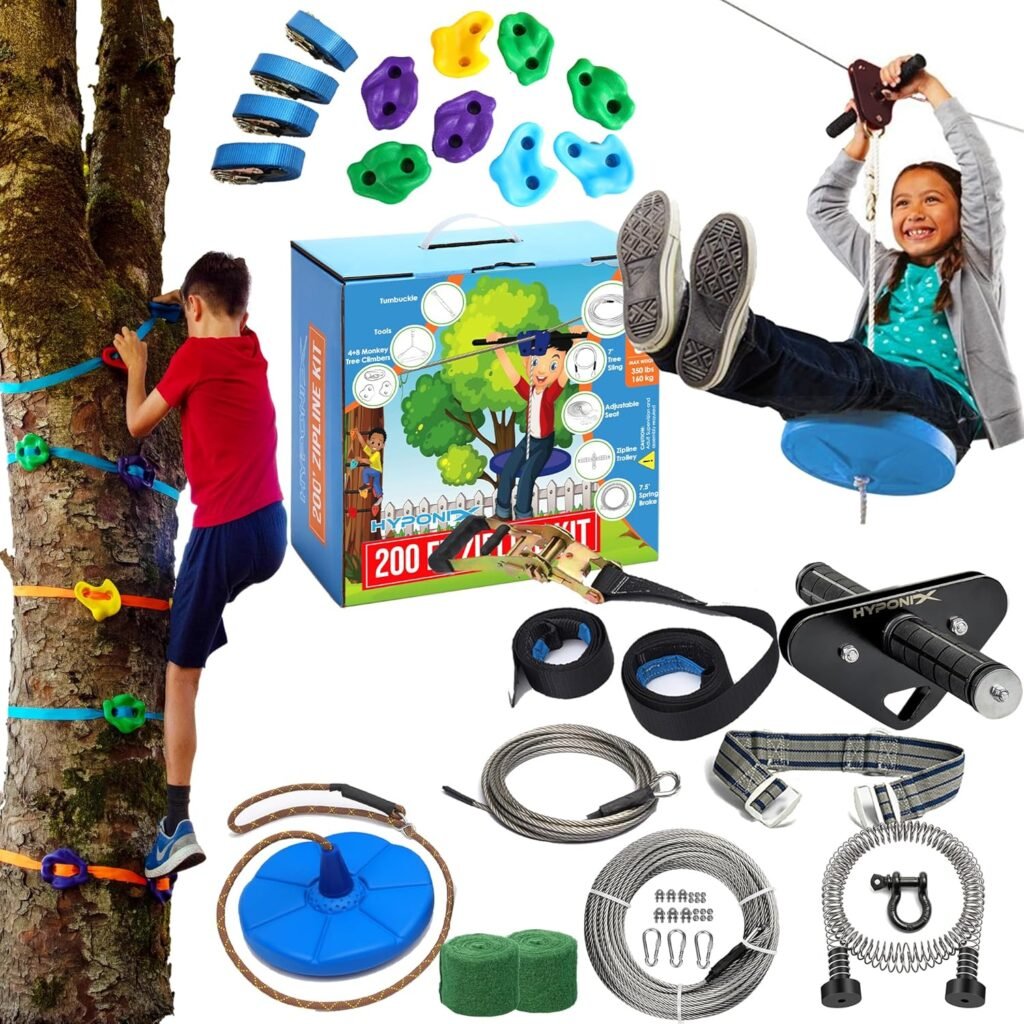
An editable picture schedule is a fantastic tool for classrooms, especially for young learners or those who need a bit more structure. It’s like having a roadmap for the day, and the best part? You can tweak it to fit your needs.
Imagine having a classroom tool that not only shows what’s next but can be adjusted on the fly. That’s what an editable picture schedule offers. Here’s why it’s a game-changer:
- Flexibility: You can easily swap out activities or change the order as needed. This is great for days when plans change unexpectedly.
- Customization: Tailor the schedule to fit the specific needs of your students. Whether it’s adding new activities or adjusting the times, it’s all possible.
- Engagement: Kids love seeing their day laid out in pictures. It helps them feel more involved and aware of what’s coming next.
Using an editable picture schedule can transform the way transitions happen in your classroom. It’s not just about keeping the day organized; it’s about making the students feel secure and prepared.
To get started with an editable picture schedule, consider these steps:
- Select a Platform: Choose whether you want a physical chart or a digital version. Both have their perks.
- Gather Materials: For a physical schedule, you’ll need cards or images. For a digital one, images and a software tool like Google Slides.
- Design Your Schedule: Lay out the day’s activities in order. Remember to leave room for changes!
- Involve the Kids: Let them help in setting up or adjusting the schedule. This can make them more invested in following it.
If you’re looking for a resource to help create your schedule, check out the large visual daily schedule designed for classroom use. It’s especially helpful for students who thrive on routine and predictability.
Incorporating an editable picture schedule into your classroom routine can make a big difference. It’s about more than just knowing what’s next; it’s about creating a sense of security and expectation that helps everyone transition smoothly throughout the day.
3. Hallway Hush Puppies

Hallway Hush Puppies is an engaging way to get students excited about lining up quietly. This method involves using plush puppy snap bracelets as a fun incentive. Here’s how it works:
- As students prepare to line up, keep an eye out for those who are quiet and ready.
- Award these students with plush puppy snap bracelets to wear on their arms while walking in the hallway.
- Set clear expectations that these puppies are just along for the ride and are not to be played with during the transition.
At the end of the transition, students return the Hallway Hush Puppies quickly and quietly. This approach not only encourages good behavior but also adds a playful element to the routine.
Using Hallway Hush Puppies can transform the often chaotic process of lining up into a calm and organized activity. It’s a simple yet effective way to promote positive behavior and make transitions smoother for everyone involved.
4. Transition Optimist
The “Transition Optimist” is a fun and engaging way to help students manage classroom transitions smoothly. This strategy involves selecting a student to act as the Transition Optimist, who observes and highlights their peers’ positive behaviors during transitions. This approach not only encourages good behavior but also fosters a sense of community and positivity in the classroom.
How It Works
- Choose a Transition Optimist: Before a transition, select one student to be the Transition Optimist. This student will stand at the front and observe their classmates.
- Observe and Highlight: The Transition Optimist watches for students who are following directions and transitioning quietly and efficiently.
- Acknowledgment: After the transition, the Transition Optimist announces who they observed doing a great job. This recognition can be a simple verbal acknowledgment or involve a small reward, depending on what works best for your class.
Benefits
- Encourages Positive Behavior: Students are motivated to follow directions in hopes of being recognized by their peers.
- Builds Community: This role helps students feel more connected and responsible for each other’s success.
- Promotes Self-Reflection: Students become more aware of their actions and how they can improve.
“Incorporating the Transition Optimist into your routine can transform transitions from chaos to calm, creating a more harmonious classroom environment.”
By using the Transition Optimist, you’re not only making transitions smoother but also teaching students the importance of recognizing and appreciating positive actions in others. This simple yet effective strategy can lead to a more positive and cooperative classroom atmosphere.
5. Classroom Doorbell

5. Classroom Doorbell
Ever thought about using a classroom doorbell to make transitions smoother? It’s a simple yet effective tool that can save your voice and keep the class on track. Imagine pressing a button and having a pleasant chime signal the start of a new activity. It’s like magic!
Here’s how you can incorporate a classroom doorbell into your routine:
- Select the Right Chime: Choose a sound that is distinct but not disruptive. It should grab attention without startling the students.
- Set Clear Expectations: Before using the doorbell, explain to the students what each chime means. This could be a signal to quiet down, line up, or switch tasks.
- Practice Regularly: Consistency is key. Use the doorbell regularly so students become familiar with what each sound signifies.
With a classroom doorbell, transitions can become a breeze. It’s all about creating a classroom environment where students know what to expect and can respond quickly.
Incorporating a classroom doorbell can also add a fun element to transitions. You could even have a “Chime Leader”—a student who gets to press the button for a day. This not only engages students but also gives them a sense of responsibility.
For more festive ideas, like how to decorate gingerbread houses or create delightful DIY food gifts, check out the latest from Chefworx. Joining their newsletter can keep you updated with the freshest culinary trends and exclusive articles.
In conclusion, the classroom doorbell is a fantastic tool for managing transitions. It’s easy to implement and can transform the way your classroom moves from one activity to the next.
Wrapping It Up
So there you have it, five picture schedule ideas to help make transitions smoother for everyone involved. Whether you’re dealing with a classroom full of energetic kids or just trying to keep your own little ones on track at home, these strategies can really make a difference. It’s all about giving kids a clear picture of what’s coming next, which can ease anxiety and make the day run a bit more smoothly. Plus, once they get the hang of it, you’ll find transitions becoming less of a hassle and more of a routine. Give these ideas a try and see how they work for you. Who knows, you might just find a new favorite way to keep things moving along!
Frequently Asked Questions
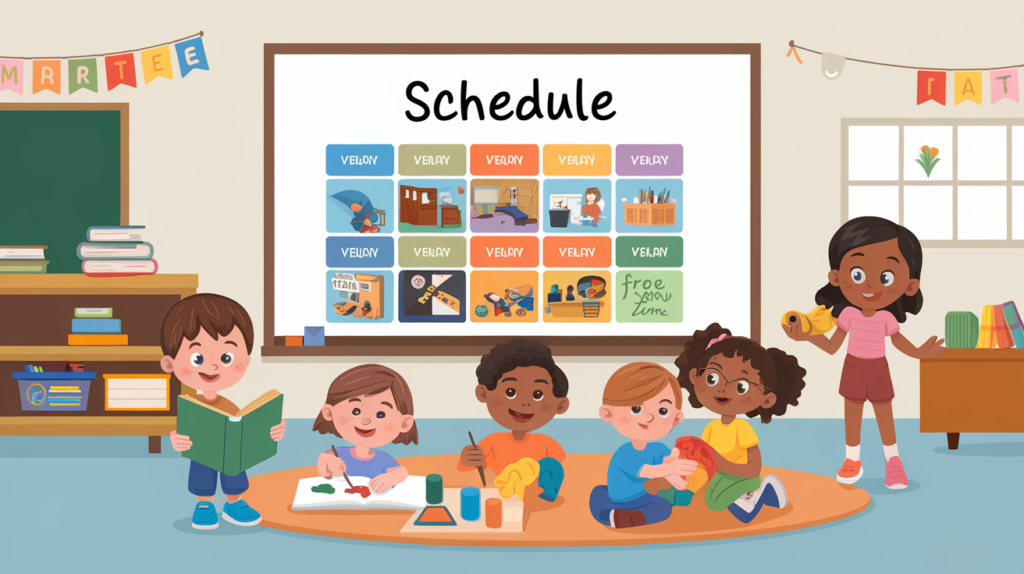
What is a picture schedule?
A picture schedule is a visual tool that helps children understand the sequence of activities throughout the day. It uses images to represent different tasks or events, making it easier for kids to know what comes next.
How do picture schedules help in transitions?
Picture schedules provide a clear visual cue for children, helping them smoothly move from one activity to another. This reduces anxiety and confusion, especially for kids who thrive on routine.
Can picture schedules be used at home?
Yes, picture schedules can be used at home to help children understand daily routines, such as getting ready for school, meal times, or bedtime.
Are picture schedules suitable for all ages?
While picture schedules are especially beneficial for younger children and those with special needs, they can be adapted for older kids and even adults to organize tasks and routines.
How can I create a picture schedule?
To create a picture schedule, you can use printed images or drawings to represent each activity. Arrange them in the order they occur and display them at the child’s eye level for easy reference.
What should I do if my child doesn’t follow the picture schedule?
If your child struggles with following the schedule, try reviewing it together at the start of the day. Be patient and consistent, and consider using rewards or praise to encourage adherence.


Ms. Kerri’s Corner provides a exciting virtual space for preschool learning. Through a variety of engaging activities, she exposes young minds to early math, literacy, science and social-emotional skills in a developmentally appropriate way. Centers for blocks, art, books and music allow children to explore hands-on learning at their own pace. Guided lessons subtly introduce number sense, letter sounds and narrative thinking. Careful observation gives insight into each child’s progress across domains. Viewers are also invited to participate, reinforcing that their ideas are valued. By making learning fun yet purposeful, Ms. Kerri lays the groundwork for future academic success while fostering creativity and imagination. Her program offers preschoolers valuable screen-based learning experiences.
